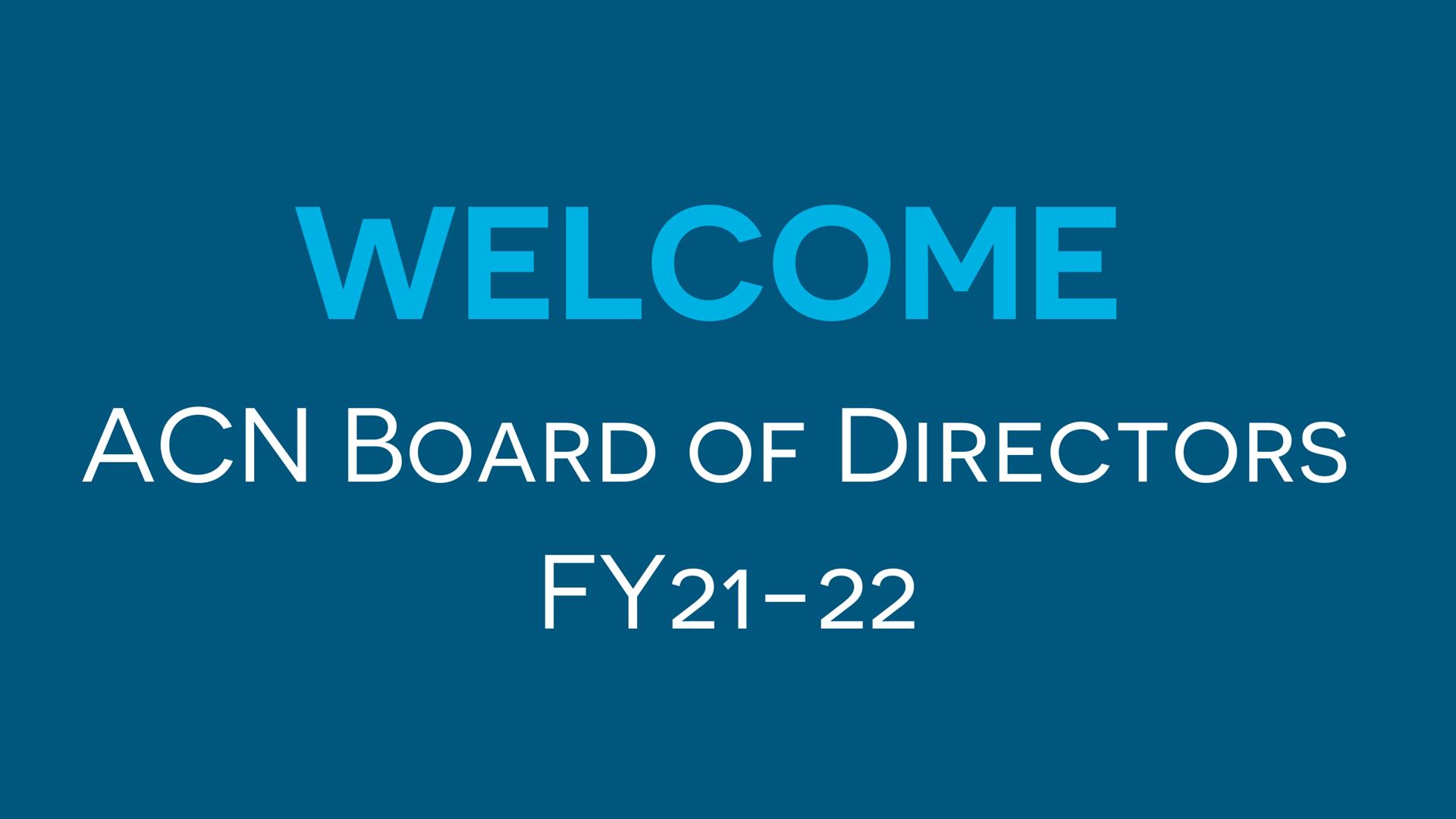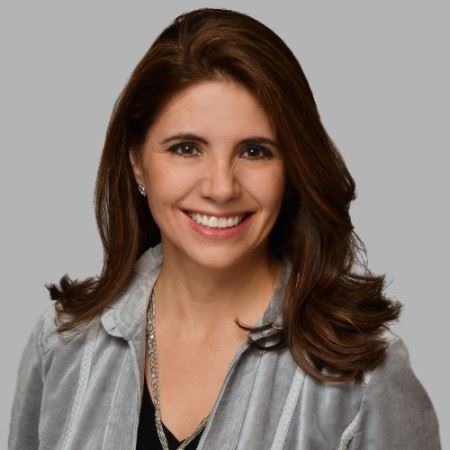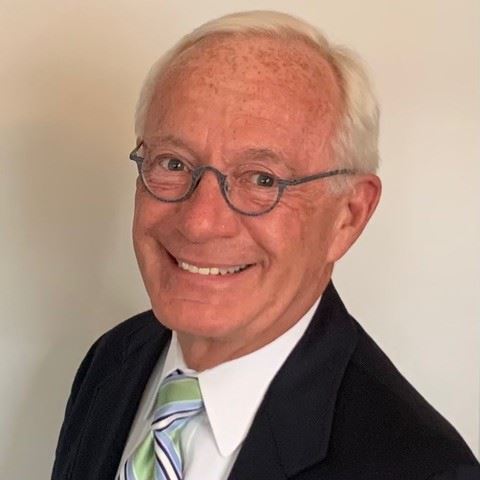 By Liz Duffrin, ACN Member
By Liz Duffrin, ACN Member
Diversity, equity and inclusion is a top priority for the ACN Board of Directors as it begins its new term.
ACN has great potential to boost its membership by appealing to a more diverse group of consultants, said new board president Shailushi Ritchie, founder and CEO of Sevah Consulting.
Currently, most ACN members are white (86%) and reside in Chicago. While experienced in their respective fields, members typically have been in the consulting business for fewer than eight years. “What can we do to engage more people,” Ritchie asked, “people of different racial and ethnic groups, experienced consultants and people who don’t live in Chicago?”
The board has ideas. To engage members nationwide, remote programming will continue post-pandemic, even as in-person workshops and happy hours resume. For experienced consultants, programming that “talks about how to move your business to the next level,” could be a draw, she said. The board also anticipates organizing and supporting self-directed affinity groups, such as for members who are on the West Coast or LGBTQ or people of color. These groups may focus on free-form networking or take a more formal approach, such as by inviting in speakers, she explained. “We want each group to meet the needs of its members.”
The board is looking forward to pursuing many other goals, as well, as it rolls out the strategic plan it adopted at the end of FY21, said Ritchie. “I personally am excited about the fantastic group of board members we have and how much energy and drive there is to tackle some of our big challenges.”
ACN welcomes its newest board members:
 Gioia Giannotti, ACN vice president, is a new business developer and marketer who co-founded (r)evolution architecture. in 2012 with her husband, Christopher Frye. She serves as vice president of business development for the full-service architecture and interior design studio. Gioia enjoys collaborating with clients across diverse industries to create unique spaces, from master planning through post-construction. Her diverse background includes marketing strategy leadership, business development, and customer experience management for Fortune 500 companies. As a bilingual and bicultural Latina, she brings an equity and belonging lens to her work and volunteer efforts.
Gioia Giannotti, ACN vice president, is a new business developer and marketer who co-founded (r)evolution architecture. in 2012 with her husband, Christopher Frye. She serves as vice president of business development for the full-service architecture and interior design studio. Gioia enjoys collaborating with clients across diverse industries to create unique spaces, from master planning through post-construction. Her diverse background includes marketing strategy leadership, business development, and customer experience management for Fortune 500 companies. As a bilingual and bicultural Latina, she brings an equity and belonging lens to her work and volunteer efforts.
 John Bauer, is principal and senior strategist at John E. Bauer Consulting, LLC, based near Milwaukee, Wisconsin. Formerly a school administrator, he earned a Ph.D. in Higher Education Administration and served as a school principal and as chief academic officer of Wisconsin Lutheran College for 22 years. Before launching his consulting practice, he was the merger integration project manager, chief operations officer, and eventually President and CEO of Bethesda Lutheran Communities, a national service provider for individuals with intellectual and developmental disabilities. His consulting practice includes executive coaching, strategic planning, organizational development, and interim executive leadership.
John Bauer, is principal and senior strategist at John E. Bauer Consulting, LLC, based near Milwaukee, Wisconsin. Formerly a school administrator, he earned a Ph.D. in Higher Education Administration and served as a school principal and as chief academic officer of Wisconsin Lutheran College for 22 years. Before launching his consulting practice, he was the merger integration project manager, chief operations officer, and eventually President and CEO of Bethesda Lutheran Communities, a national service provider for individuals with intellectual and developmental disabilities. His consulting practice includes executive coaching, strategic planning, organizational development, and interim executive leadership.

David Dow, based in Bloomington, Illinois, is strategic partner at Schooley Mitchell, North America's largest cost-reduction consultancy, His clients include YWCAs across the USA, small and large regional and national nonprofits, educational institutions, and for-profit businesses. In March of 2021, along with his partner Jim Neeley, David was given the Norene G. Ball award for community service by YWCA McLean County.
For more than 20 years, David served as managing director of Wisecracker Design. His expertise includes new business development, business expansion, sales, marketing, design, development, sourcing, production, and logistics.
 Aashi Mital, CEO of Pivotal Solutions Consulting, is based in Cincinnati, Ohio. She focuses on problem solving, sustainability solutions, organizational health, executive coaching, professional development and global connectivity. She is a published author on interdisciplinary topics including geopolitical patterns, executive leadership, business and engineering economics, worldwide sustainability, human productivity and historical perspectives. She participates in speaking engagements around the world in her areas of expertise, which also include best nonprofit standards and practices. Prior to launching her consultancy, she was director of the nonprofit wing of J.C. Baker and Associates – The Business Hospital in Cincinnati, Ohio, a consultancy that works with clients on organizational development and sustainability.
Aashi Mital, CEO of Pivotal Solutions Consulting, is based in Cincinnati, Ohio. She focuses on problem solving, sustainability solutions, organizational health, executive coaching, professional development and global connectivity. She is a published author on interdisciplinary topics including geopolitical patterns, executive leadership, business and engineering economics, worldwide sustainability, human productivity and historical perspectives. She participates in speaking engagements around the world in her areas of expertise, which also include best nonprofit standards and practices. Prior to launching her consultancy, she was director of the nonprofit wing of J.C. Baker and Associates – The Business Hospital in Cincinnati, Ohio, a consultancy that works with clients on organizational development and sustainability.
 Arthur Padilla, is senior managing partner of StrataG.Works, and based in Federal Way, Washington. His services to nonprofits include diversity, equity, and inclusion planning, strategic planning, leadership coaching, and program design and evaluation. He has done extensive work in anti-racist and anti-oppression programming across the United States. A recent project included a three-year initiative with the YWCA USA as lead evaluator for a trauma-informed leadership project for high school girls of color. Prior to becoming a consultant, he earned an M.A. in Counseling Psychology and served as a nonprofit executive director for organizations serving people with AIDS and LGBTQ youth.
Arthur Padilla, is senior managing partner of StrataG.Works, and based in Federal Way, Washington. His services to nonprofits include diversity, equity, and inclusion planning, strategic planning, leadership coaching, and program design and evaluation. He has done extensive work in anti-racist and anti-oppression programming across the United States. A recent project included a three-year initiative with the YWCA USA as lead evaluator for a trauma-informed leadership project for high school girls of color. Prior to becoming a consultant, he earned an M.A. in Counseling Psychology and served as a nonprofit executive director for organizations serving people with AIDS and LGBTQ youth.
See the full listing of FY21-22 Board of Directors here.